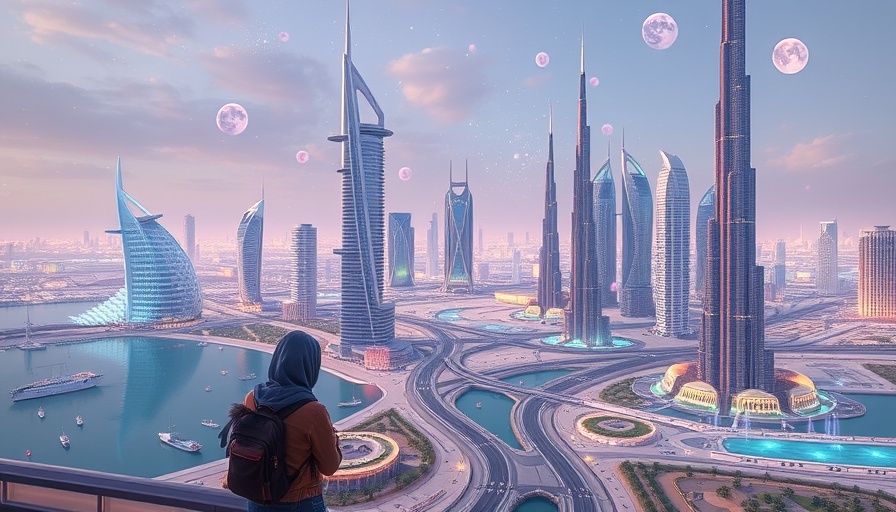
Envisioning a Future: Students Redefining Dubai’s Workspaces
In an age where digital nomadism is on the rise, students at the American University in Dubai (AUD) have taken a bold leap into imagining a surreal future for their city. The recent showcase of environmentally responsive architecture is not just an academic exercise; it embodies hope and innovation for a more sustainable urban landscape. These visionary designs present a unique opportunity for remote workers to rethink their workspace dynamics within the bustling city of Dubai.
Why Sustainable Workspaces Matter
Our modern world is increasingly shifting towards remote work, making the optimization of workspaces more crucial than ever. Ergonomic design, which promotes efficiency and comfort, becomes vital in creating environments that foster productivity and creativity. With the rise of digital nomads who primarily work from home or co-working spaces, there’s a pressing need for designs that reflect both functionality and sustainability.
A Blend of Comfort and Efficiency
The architectural designs crafted by AUD students prioritize not just aesthetics but also ergonomic principles. Features such as adjustable desks, natural lighting, and soundproof areas represent a commitment to enhancing the comfort and well-being of users. This aligns with modern work trends where the balance between professional efficacy and personal wellness is essential for overall productivity.
Innovative Ideas from Student Showcases
Some standout concepts include outdoor meeting spaces that harness the Dubai sun while offering shaded comfort and indoor gardens that promote mental tranquility. These ideas reflect a holistic approach to workspace design, integrating nature into the urban fabric. As students conceptualize these spaces, they address potential challenges of remote work, such as isolation and distraction, providing practical solutions that can enrich the working experience.
The Future of Work: What Lies Ahead?
As we look forward, the ideas emerging from AUD are a glimpse into the future of urban planning and remote workspaces. Innovations in technology, such as virtual reality and smart environmental controls, could further enhance the feasibility of these designs. Collaboration between designers, architects, and remote workers will likely lead to spaces that are not only physically comfortable but also mentally stimulating.
Real-World Applications: How You Can Adapt
For digital nomads or anyone working remotely, adapting elements from these innovative designs can be transformative. Consider incorporating more natural light into your workspace by positioning your desk near windows or using light-filtering curtains. Adding plants can also improve air quality and create a relaxing atmosphere, echoing the natural aspects championed by AUD students.
Key Takeaways for Digital Nomads
In a nutshell, the student showcase at AUD serves as a powerful reminder of the importance of ergonomics in our workspaces. With remote work becoming a mainstay in our lives, it’s essential to prioritize comfort and productivity in our designs. The innovations coming from AUD can inspire remote workers to lead more fulfilling, efficient, and healthy work lives.
If you're interested in optimizing your own workspace, don't hesitate to explore ergonomics principles further. Investing in your work environment pays dividends in productivity and wellness, making all the difference for digital nomads.
 Add Row
Add Row  Add
Add 




Write A Comment